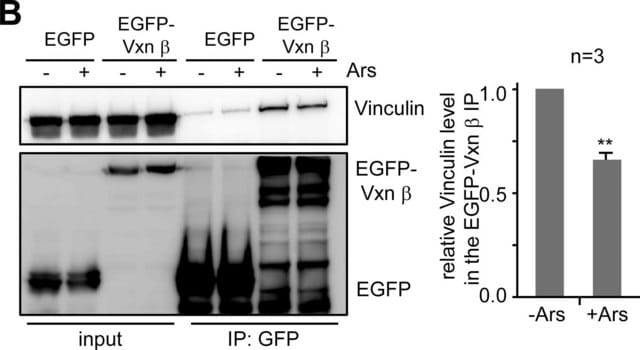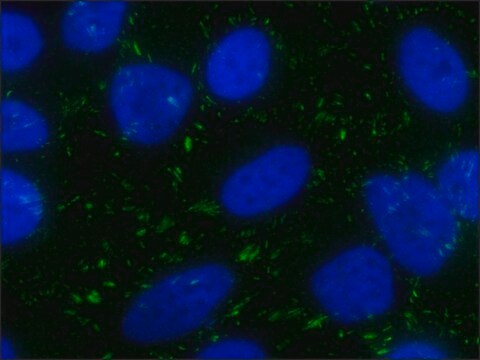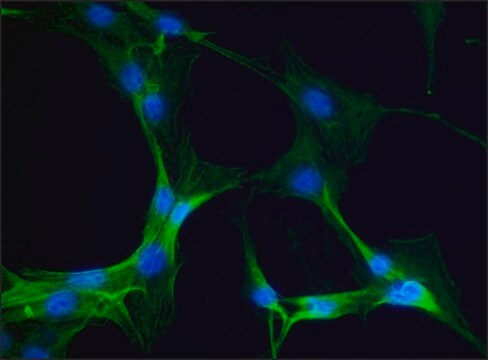F7053
Anti-vinculina monoclonal antibody produced in mouse
clone hVIN-1, purified from hybridoma cell culture
Sinónimos:
Monoclonal Anti-Vinculin antibody produced in mouse
About This Item
Productos recomendados
origen biológico
mouse
Nivel de calidad
conjugado
FITC conjugate
forma del anticuerpo
purified immunoglobulin
tipo de anticuerpo
primary antibodies
clon
hVIN-1, monoclonal
formulario
buffered aqueous solution
mol peso
antigen 116 kDa
reactividad de especies
frog, chicken, mouse, canine, human, bovine, rat, turkey
condiciones de almacenamiento
protect from light
técnicas
direct immunofluorescence: 1:50 using methanol/acetone fixed cultured bovine MDBK cells
isotipo
IgG1
Nº de acceso UniProt
Condiciones de envío
dry ice
temp. de almacenamiento
−20°C
modificación del objetivo postraduccional
unmodified
Información sobre el gen
human ... VCL(7414)
mouse ... Vcl(22330)
rat ... Vcl(305679)
¿Está buscando productos similares? Visita Guía de comparación de productos
Especificidad
Inmunógeno
Aplicación
Acciones bioquímicas o fisiológicas
Forma física
Cláusula de descargo de responsabilidad
¿No encuentra el producto adecuado?
Pruebe nuestro Herramienta de selección de productos.
Producto relacionado
Código de clase de almacenamiento
12 - Non Combustible Liquids
Clase de riesgo para el agua (WGK)
nwg
Punto de inflamabilidad (°F)
Not applicable
Punto de inflamabilidad (°C)
Not applicable
Certificados de análisis (COA)
Busque Certificados de análisis (COA) introduciendo el número de lote del producto. Los números de lote se encuentran en la etiqueta del producto después de las palabras «Lot» o «Batch»
¿Ya tiene este producto?
Encuentre la documentación para los productos que ha comprado recientemente en la Biblioteca de documentos.
Los clientes también vieron
Nuestro equipo de científicos tiene experiencia en todas las áreas de investigación: Ciencias de la vida, Ciencia de los materiales, Síntesis química, Cromatografía, Analítica y muchas otras.
Póngase en contacto con el Servicio técnico

















